Hindware Limited’s ‘Build a Toilet, Build Her Future’ initiative, launched in 2020, stands as a beacon of hope for countless girls facing the challenges of inadequate sanitation. This program, driven by the belief that every girl child deserves equal opportunities, is transforming lives by providing access to safe, hygienic toilets in schools, enabling girls to pursue their education without fear or hindrance.
In an insightful interview with Mr. Sudhanshu Pokhriyal, Chief Executive Officer of Bath & Tiles at Hindware Limited, we explore the vision behind this initiative, its alignment with Hindware’s broader CSR strategy, and the tangible changes it has brought to communities. Mr. Pokhriyal sheds light on the challenges faced, the strategic collaborations with organizations like the Manas Foundation, and the future plans to expand the program, all while integrating innovative, sustainable technologies. This conversation delves into how Hindware’s commitment to sanitation and empowerment is making a profound difference in achieving Sustainable Development Goals and fostering a more equitable society. Read on to discover the inspiring journey of ‘Build a Toilet, Build Her Future’ and its role in shaping a brighter future for countless girls across India.
Read the full interview for deeper insights:
Q. What inspired Hindware to launch the ‘Build a Toilet, Build Her Future’ initiative in 2020? Could you share insights into the program’s vision and how it aligns with Hindware’s broader CSR strategy? How does this initiative connect with your company’s ethos of hygiene and empowerment?
A. Our 'Build a Toilet, Build Her Future' initiative was launched with the core belief that every girl child deserves equal opportunities to thrive. We recognized that the lack of access to proper sanitation disproportionately impacts girls, hindering their education, limiting their mobility, and compromising their overall well-being.This initiative aims to break down the barriers created by poor sanitation, allowing girls to attend school safely and confidently, pursue their education without fear, and ultimately achieve their full potential. By providing access to clean and hygienic toilets, we empower girls to live with dignity and contribute meaningfully to their communities.
Q. Given the lack of basic amenities such as clean water and proper sewage disposal in rural and underserved urban communities, how do these infrastructure gaps impact the implementation of your initiative? Additionally, what challenges did you face in these regions, and what mechanisms have you established to ensure the long-term sustainability and maintenance of the sanitation facilities?
A. To address the significant infrastructure challenges faced in rural and underserved urban areas, such as limited access to clean water and proper sewage disposal, our 'Build a Toilet, Build Her Future' initiative prioritizes water-efficient toilets suitable for regions with limited water resources. We actively involve local communities in the planning and implementation process, fostering a sense of ownership and ensuring that the chosen sanitation solutions are appropriate and sustainable for their specific needs. Furthermore, we collaborate with local authorities and NGO’s to leverage their expertise, resources, and existing networks, ensuring the long-term sustainability of the sanitation facilities.
Q. How did Hindware collaborate with the Manas Foundation and local communities to overcome these obstacles? What strategies are being employed to engage local communities in supporting and sustaining this program?
A. The Manas Foundation, a registered social work organization with a proven track record of empowering marginalized communities, particularly women, plays a crucial role in this initiative. Their team, composed of skilled social workers and dedicated community activists, possesses in-depth knowledge of local needs and challenges. Through this partnership, Hindware leverages the Manas Foundation's expertise in community engagement to ensure the successful implementation and long-term sustainability of the sanitation projects. By working closely with the Foundation and actively involving local communities, the 'Build a Toilet, Build Her Future' initiative fosters a sense of ownership. This collaborative approach has proven highly effective in overcoming challenges and achieving meaningful impact in empowering women and girls.
Q. The ‘Dare to Dream’ theme emphasizes empowering girls. Could you elaborate on how this theme is shaping the initiative’s goals for FY25? What are the strategic plans to add 100 more toilets by the end of FY25, and how will you ensure these facilities are impactful?
A. The "Dare to Dream" theme underscores the initiative's commitment to empowering girls by providing access to safe and hygienic sanitation. This crucial step removes barriers to education, enabling girls to stay in school, maintain good health, and pursue their aspirations. In FY25, we aim to add 100 more toilets through strategic partnerships with NGOs and community leaders. We will prioritize high-impact areas, particularly schools with significant female enrolment.
Q. How does the initiative contribute to achieving larger societal goals, such as gender equality, improved education, and sanitation under SDGs? Are there other CSR initiatives by Hindware that complement ‘Build a Toilet, Build Her Future’ in addressing community empowerment?
A. The 'Build a Toilet, Build Her Future Initiative directly contributes to achieving key Sustainable Development Goals (SDGs), including:
Gender Equality (SDG 5): By empowering girls through improved sanitation, we are breaking down gender barriers and creating a more equitable society.
Quality Education (SDG 4): By increasing access to safe and hygienic sanitation, we are enabling girls to stay in school and pursue their education without interruption.
Clean Water and Sanitation (SDG 6): The initiative promotes access to clean water and sanitation, improving public health and well-being.
Q. What are some key lessons Hindware has learned from implementing this initiative in diverse regions? How has the initiative evolved since its launch in 2020, and what changes have been made to enhance its impact?
A. Hindware and Somany Impresa Group have a long-standing commitment to supporting the communities surrounding their manufacturing facilities. Since its inception in 2020, the 'Build a Toilet, Build Her Future' initiative has undergone significant evolution. Key learnings emphasize the crucial role of community-led solutions, the importance of tailoring interventions to specific regional needs, and the necessity of continuous evaluation to assess impact and identify areas for improvement. Guided by these insights, Hindware has expanded the initiative's reach, increasing the number of schools and communities served each year. Moreover, the company has enhanced sustainability by implementing robust maintenance programs and fostering a strong sense of community ownership over the
sanitation facilities
Q. What proportion of Hindware’s annual CSR budget is allocated to the ‘Build a Toilet, Build Her Future’ initiative? Has the company considered crowdfunding or seeking additional sponsorships to expand the program further?
A. The 'Build a Toilet, Build Her Future' initiative receives a significant portion of Hindware's annual CSR budget. While the exact percentage may vary from year to year, it represents a
substantial commitment to this impactful program. While Hindware does not currently pursue crowdfunding or actively seek additional sponsorships for this specific initiative, the company is exploring other avenues to expand its reach. This includes undertaking training programs in schools on hygiene and sanitation practices, and potentially partnering with other like-minded brands to amplify the initiative's
impact and reach a wider audience.
Q. With over 400 toilets built in 120 schools so far, what measurable changes have you observed in terms of school attendance, dropout rates, and overall community well-being? Could you share specific success stories of girls or communities that have directly benefited from the initiative?
A. While Hindware has successfully built over 400 toilets in 120 schools, comprehensive data collection and analysis on the specific impact on school attendance, dropout rates, and overall community well-being is still ongoing. However, anecdotal evidence suggests a positive impact. Teachers and school administrators in many of these schools have reported increased school attendance among girls, particularly during menstruation. There are also reports of improved hygiene practices and reduced instances of school-related illnesses among students.
Q. Has Hindware leveraged any innovative or sustainable technologies in constructing these toilets? Are there plans to incorporate eco-friendly materials or water-saving technologies in future construction projects?
A. Hindware has been at the forefront of incorporating innovative and sustainable technologies. Recognizing the criticality of water conservation, the company has pioneered the use of dual-flush toilets in these bathrooms, significantly reducing water consumption. Furthermore, Hindware has utilized its own water-efficient toilets and other sanitaryware products in these initiatives.



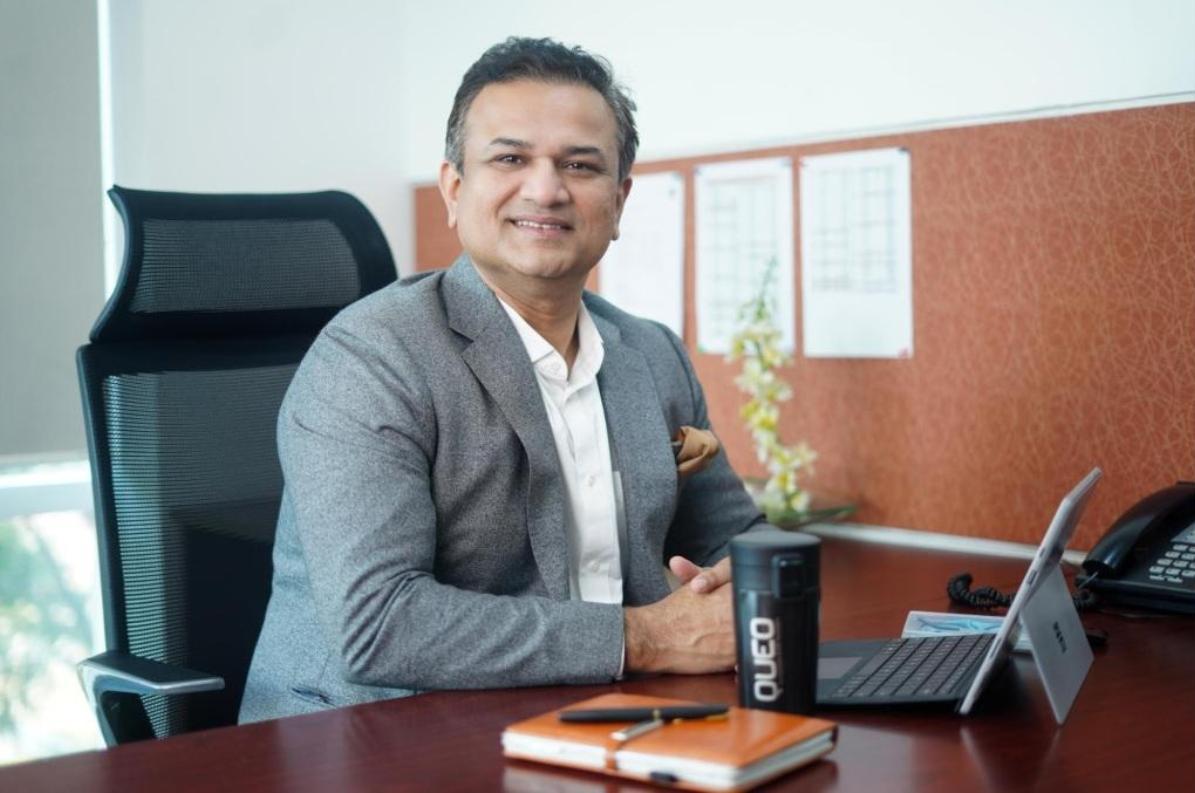

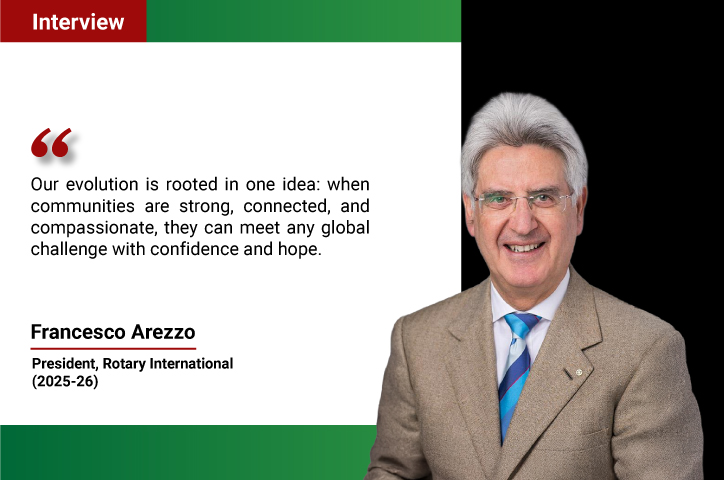
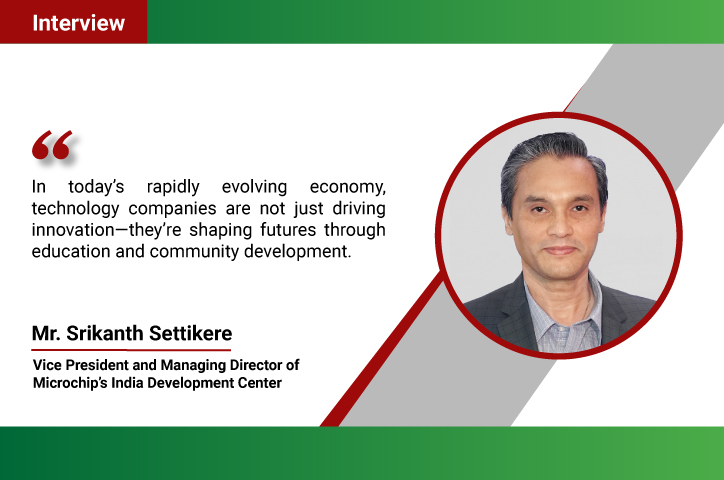
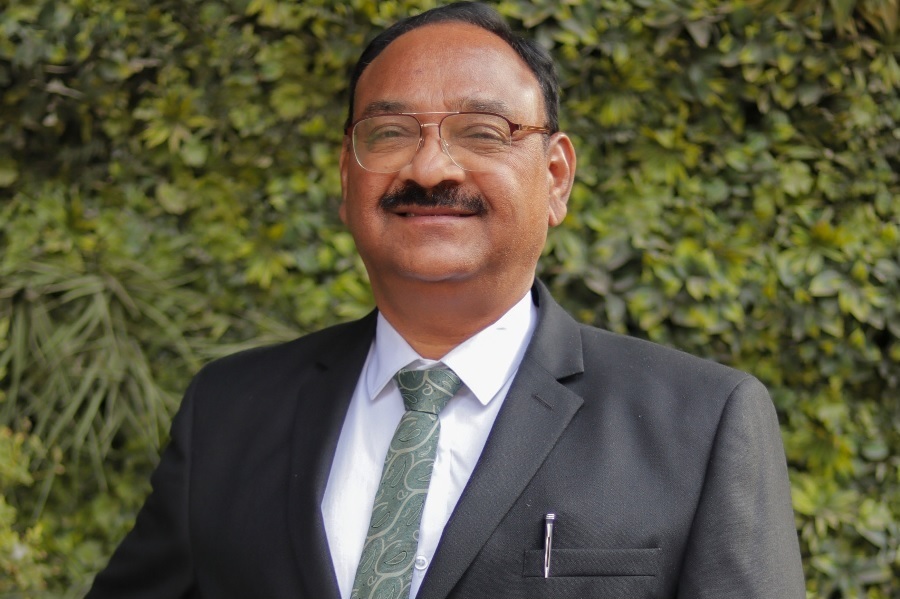
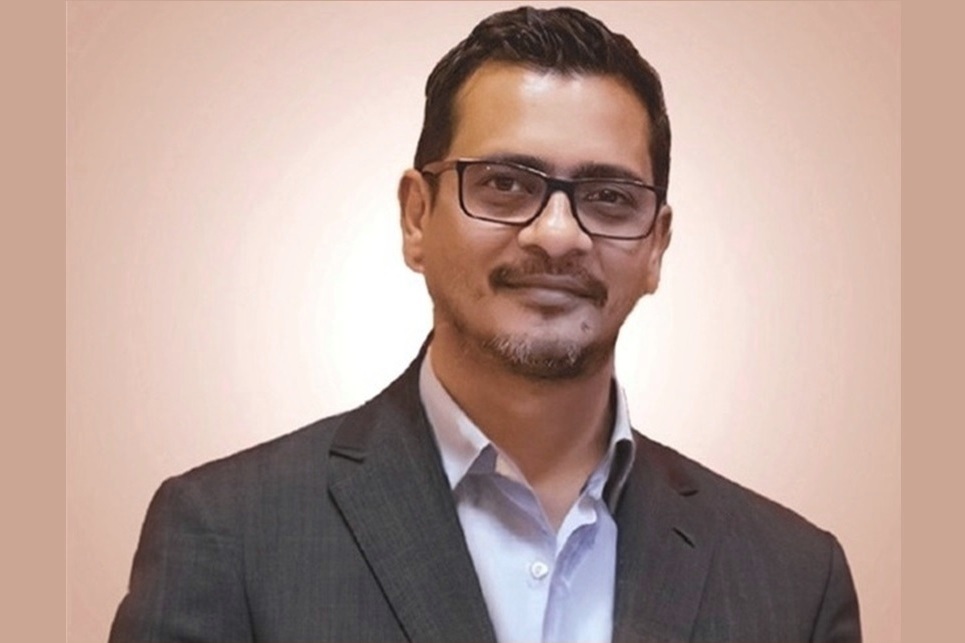




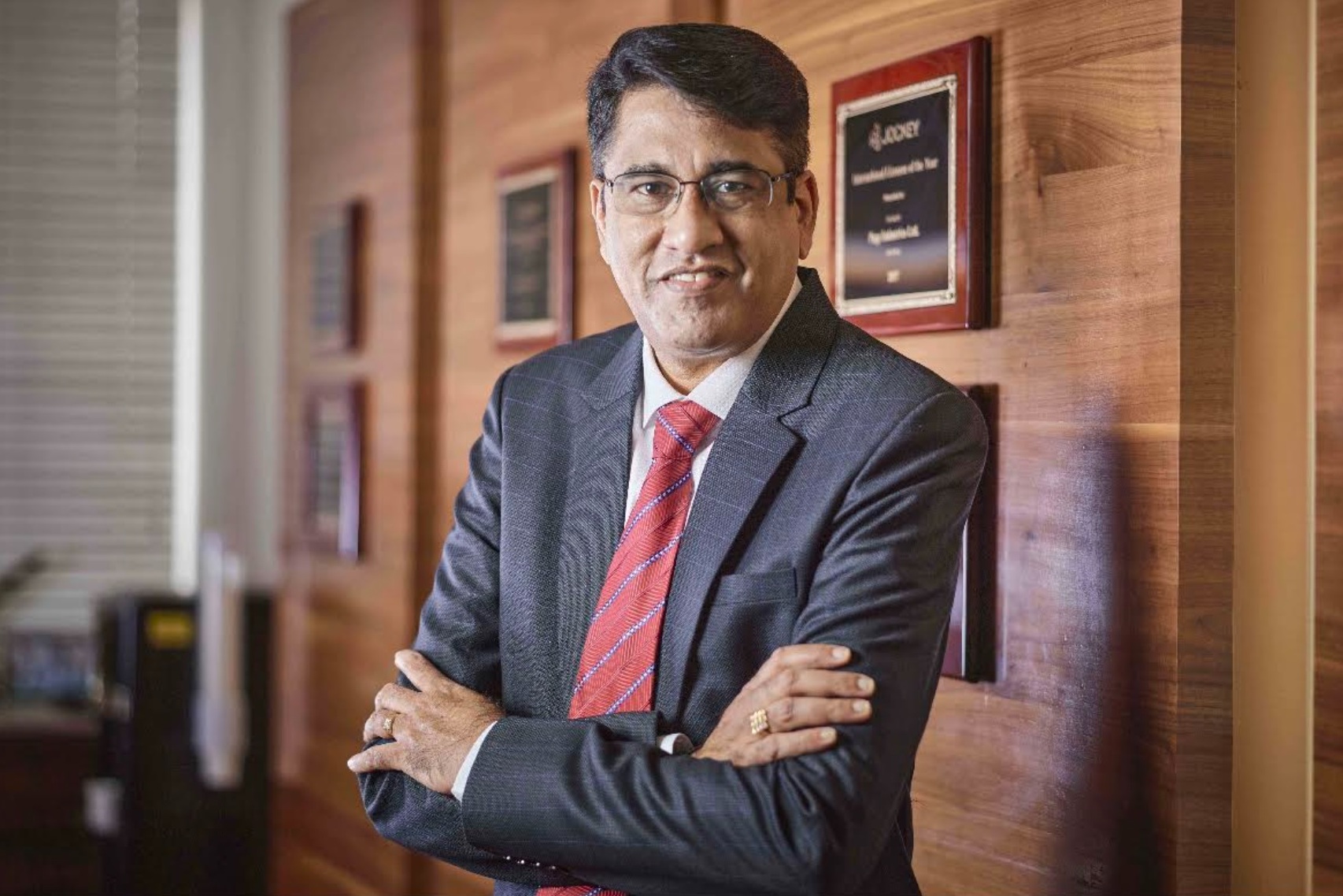

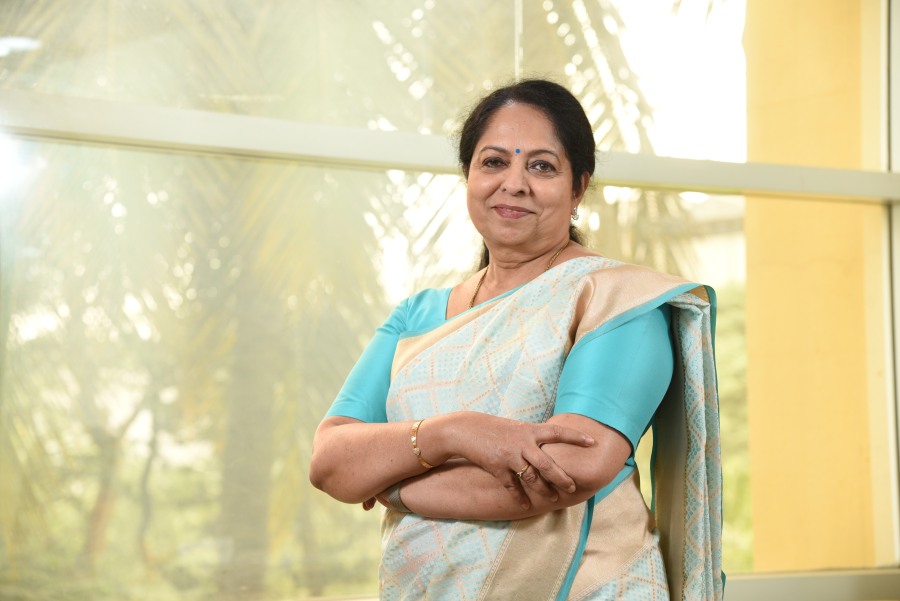
.jpg)




